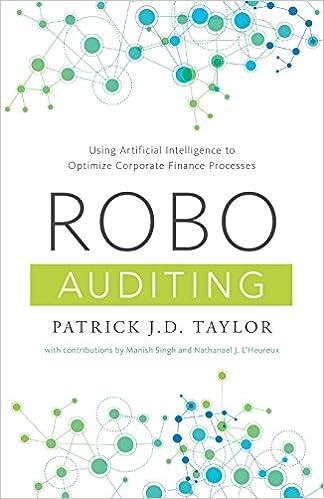Question
The AC partnership has the following balance sheet: Assets Partners Capital A.B. F.M.V. A.B. F.M.V. Inventory $80,000 $100,000 A $60,000 $100,000 Capital Asset 40,000 100,000
The AC partnership has the following balance sheet:
Assets Partners Capital
A.B. F.M.V. A.B. F.M.V.
Inventory $80,000 $100,000 A $60,000 $100,000
Capital
Asset 40,000 100,000 C 100,000 100,000
$120,000 $200,000 $160,000 $200,000
The difference between the partnerships aggregate inside basis in its assets and the partners outside bases in their interests is attributable to the fact that C purchased her interest from B three years ago. For convenience, assume that the balance sheet remained unchanged over that period of time.
A and C wish to incorporate the partnership. Several alternative forms of incorporation are available: (1) the partnership could distribute its assets in complete liquidation, and A and C could transfer those assets to the corporation in exchange for its stock; (2) A and C could transfer their partnership interests to the corporation in exchange for its stock and the corporation would in essence liquidate the partnership; or (3) the partnership could transfer its assets to the corporation in return for stock and the partnership then could liquidate, distributing the stock to A and C.
- Consider the tax consequences of each alternative approach to incorporation of the partnership. See 351, 358, 362.
- Does Revenue Ruling 84-111 correctly conclude that the results are different?
Step by Step Solution
There are 3 Steps involved in it
Step: 1

Get Instant Access to Expert-Tailored Solutions
See step-by-step solutions with expert insights and AI powered tools for academic success
Step: 2

Step: 3

Ace Your Homework with AI
Get the answers you need in no time with our AI-driven, step-by-step assistance
Get Started


